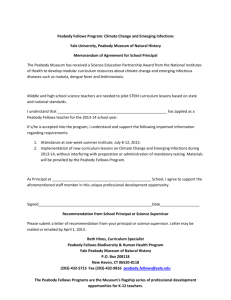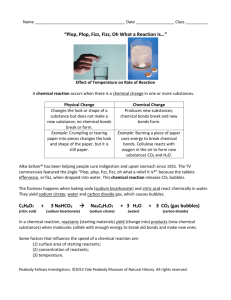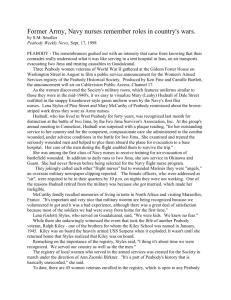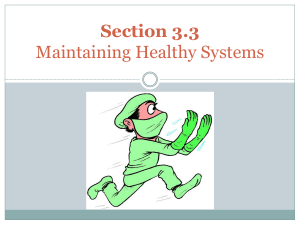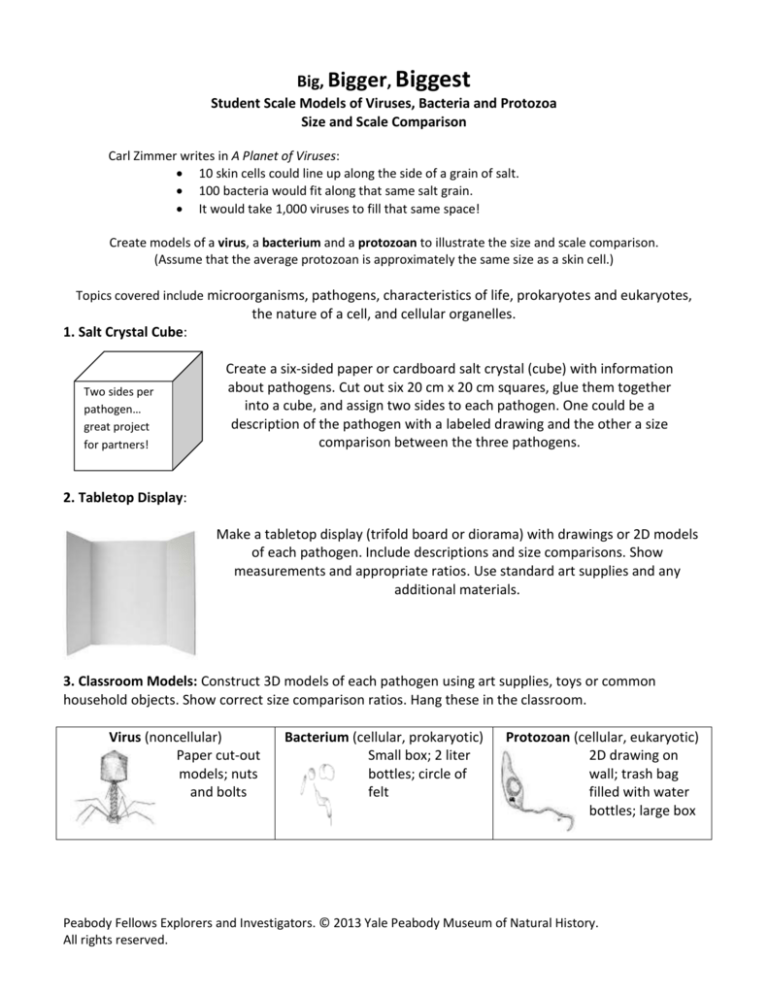
Big, Bigger, Biggest
Student Scale Models of Viruses, Bacteria and Protozoa
Size and Scale Comparison
Carl Zimmer writes in A Planet of Viruses:
10 skin cells could line up along the side of a grain of salt.
100 bacteria would fit along that same salt grain.
It would take 1,000 viruses to fill that same space!
Create models of a virus, a bacterium and a protozoan to illustrate the size and scale comparison.
(Assume that the average protozoan is approximately the same size as a skin cell.)
Topics covered include microorganisms, pathogens, characteristics of life, prokaryotes and eukaryotes,
the nature of a cell, and cellular organelles.
1. Salt Crystal Cube:
Two sides per
pathogen…
great project
for partners!
Create a six-sided paper or cardboard salt crystal (cube) with information
about pathogens. Cut out six 20 cm x 20 cm squares, glue them together
into a cube, and assign two sides to each pathogen. One could be a
description of the pathogen with a labeled drawing and the other a size
comparison between the three pathogens.
2. Tabletop Display:
Make a tabletop display (trifold board or diorama) with drawings or 2D models
of each pathogen. Include descriptions and size comparisons. Show
measurements and appropriate ratios. Use standard art supplies and any
additional materials.
3. Classroom Models: Construct 3D models of each pathogen using art supplies, toys or common
household objects. Show correct size comparison ratios. Hang these in the classroom.
Virus (noncellular)
Paper cut-out
models; nuts
and bolts
Bacterium (cellular, prokaryotic)
Small box; 2 liter
bottles; circle of
felt
Protozoan (cellular, eukaryotic)
2D drawing on
wall; trash bag
filled with water
bottles; large box
Peabody Fellows Explorers and Investigators. © 2013 Yale Peabody Museum of Natural History.
All rights reserved.
Suggested Grading Rubric:
Size and Scale
Units of Measure
Structures
Labels
Creativity
Met or Exceeded
Objectives
Models are to scale.
The 1:10:100 ratio for
virus, bacterium and
protozoan is
accurate.
Met Objectives
Models are close
to scale. The
1:10:100 ratio for
virus, bacterium
and protozoan is
close to accurate.
Units used to
Units used to
measure models
measure models
were appropriate.
were close to
Scale comparison was appropriate.
accurate.
Scale comparison
was close to
accurate.
All structures are
Most structures
present.
are present.
Structure labels are
clear and
appropriate.
Structures are shown
very creatively.
Structure labels
are somewhat
clear and close to
appropriate.
Structures are
shown clearly but
basically.
Did Not Meet
Objectives
Models are not to
scale. The
1:10:100 ratio for
virus, bacterium and
protozoan is
inaccurate.
Units used to
measure models
were inappropriate.
Scale comparison
was inaccurate.
Few or no structures
are present.
Structure labels are
unclear and
inappropriate or
missing.
Structures are not
shown clearly or are
missing.
Peabody Fellows Explorers and Investigators. © 2013 Yale Peabody Museum of Natural History.
All rights reserved.
Samples of Student Work
Photos by Vicki Climie.
Peabody Fellows Explorers and Investigators. © 2013 Yale Peabody Museum of Natural History.
All rights reserved.

